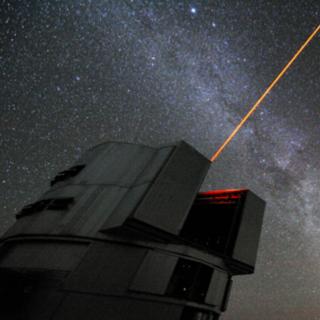Bibcode
Longeard, Nicolas; Jablonka, Pascale; Battaglia, Giuseppina; Malhan, Khyati; Martin, Nicolas; Sánchez-Janssen, Rubén; Sestito, Federico; Starkenburg, Else; Venn, Kim A.
Bibliographical reference
Monthly Notices of the Royal Astronomical Society
Advertised on:
10
2023
Citations
18
Refereed citations
15
Description
We present a new spectroscopic study of 175 stars in the vicinity of the dwarf galaxy Hercules (d ~ 132 kpc) with data from the Anglo-Australian Telescope and its AAOmega spectrograph together with the Two Degree Field multi-object system to solve the conundrum that whether Hercules is tidally disrupting. We combine broad-band photometry, proper motions from Gaia, and our Pristine narrow-band and metallicity-sensitive photometry to efficiently weed out the Milky Way contamination. Such cleaning is particularly critical in this kinematic regime, as both the transverse and heliocentric velocities of Milky Way populations overlap with Hercules. Thanks to this method, three new member stars are identified, including one at almost 10rh of the satellite. All three have velocities and metallicities consistent with that of the main body. Combining this new data set with the entire literature cleaned out from contamination shows that Hercules does not exhibit a velocity gradient (d<v>/dχ $= 0.1^{+0.4}_{-0.2}$ km s-1 arcmin-1, 1.6 km s-1 arcmin-1 as a 3σ upper limit) and, as such, does not show evidence to undergo tidal disruption.
Related projects

Galaxy Evolution in the Local Group
Galaxy formation and evolution is a fundamental Astrophysical problem. Its study requires “travelling back in time”, for which there are two complementary approaches. One is to analyse galaxy properties as a function of red-shift. Our team focuses on the other approach, called “Galactic Archaeology”. It is based on the determination of galaxy
Emma
Fernández Alvar